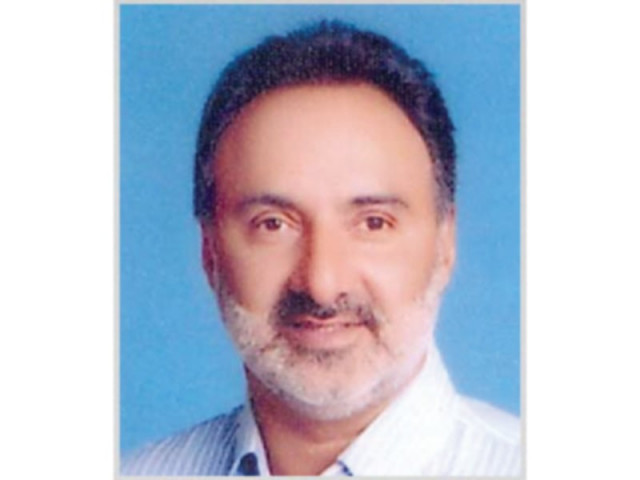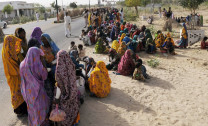Overload: Irrigation minister accepts flaws in LBOD, wants to drain district before October 17
Government is planning to seal the deal with a British Company on October 17.

“The problem is that the LBOD was designed to drain 4,000 cusecs of water but so far more than 20,000 cusecs of water has been drained from it.” He added that a research would be conducted to look into the issue and try to overcome it.
While speaking at a joint press conference with officials from the Chinese company that plans to help rehabilitate the flood-affected districts, Dharejo said that the government was not only working on the LBOD project but had started to conduct a research on how to get rid of the poisonous water which was flowing into Ghotki from Punjab.
The water has ruined hundreds of acres in the district and they were planning to conduct another research project which would deal with how to divert saline and seawater in order to irrigate barren land. The irrigation minister said that the government was planning to seal the deal with a British company on October 17 and conduct a study to increase the capacity of the Sukkur and Guddu barrages.
“The top priority of the government is to drain the flood water so people can start sowing the seeds for the Rabi crop by October 17,” he said. “There have been some tough situations especially in areas where there is no proper irrigation network.” He added that they were working around the clock to drain water from the districts.
While discussing the flood situation in his office on Wednesday, the minister said that 95 per cent of accumulated water had been pumped out of the rain-affected districts and the Sindh government had signed a contract with a Chinese company to rehabilitate and strengthen the irrigation system.
According to Dharejo, the project would cost around Rs6.25 billion and should be completed in two years. He added that although they had made short- and long-term strategies to deal with the irrigation systems in the province, the encroachment on drains and canals could create a problem.
On the topic of encroachments the irrigation minister said the President Asif Ali Zardari had put together a committee which would remove encroachments on the River Indus, canals, drains, ponds and lakes.
Published in The Express Tribune, October 13th, 2011.



















COMMENTS
Comments are moderated and generally will be posted if they are on-topic and not abusive.
For more information, please see our Comments FAQ